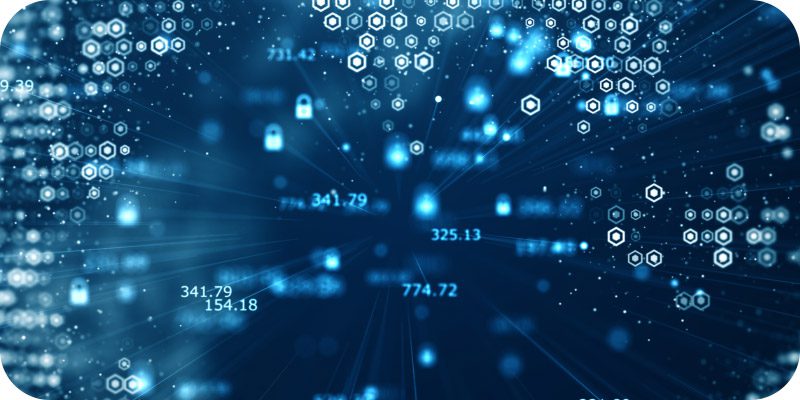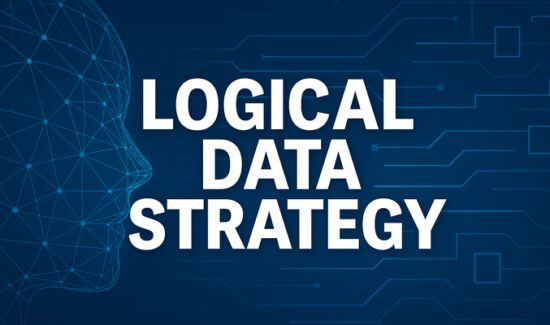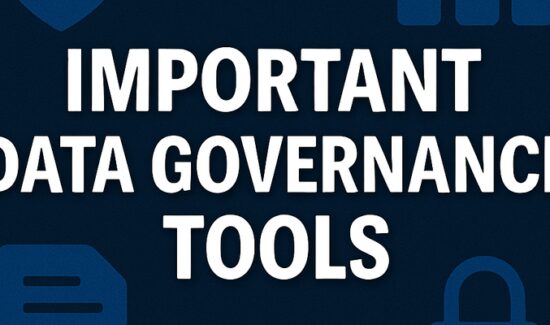The New Energy Imperative: Navigating Complexity Through Modern Systems Integration


TigerData CEO Ajay Kulkarni offers commentary on the new energy imperative and navigating complexity through modern systems integration. This article originally appeared in Insight Jam, an enterprise IT community that enables human conversation on AI.
A perfect storm brewing at the intersection of three powerful forces—renewables, IoT, and AI—is redefining energy industry infrastructure. Like a fleet facing massive converging weather systems, energy companies are navigating tremendous disruption in how they produce, manage, and distribute power. Yet unlike traditional storms that threaten destruction, this confluence brings economic and growth opportunities—for those equipped to harness it.
Once a relatively straightforward system of generation, transmission, and distribution, the traditional power grid has become a multifaceted ecosystem where renewable sources, decentralized generation, smart technologies, and heightened security concerns converge. This evolution demands a fundamental rethinking of how energy systems are integrated, monitored, and secured.
This is a shift I’ve watched unfold in recent years, in my capacity as Timescale CEO, helping energy industry clients implement a resilient data foundation for real-time monitoring and digital transformation.
The Demands of a Complex Reality
Given their mission-critical nature, mass impact, and the fact that legacy infrastructure is the starting point for most utility-scale companies, energy operations are embedded in a complex context where change is high-risk but also high-impact. According to Gartner, “to increase agility, lower risk and better capitalize on opportunities, utility organizations are enabling intelligent operations” and “business strategies in oil and gas are increasingly leaning on technologies, like GenAI, that amplify performance, curb risk and boost efficiency.”
The integration of intermittent renewable energy sources has introduced variability that requires sophisticated forecasting and balancing capabilities. Distributed energy resources (DERs) like rooftop solar, microgrids, and battery storage have fragmented the once-centralized generation model. Deregulated markets have introduced complex pricing models, trading systems, and energy marketplaces. Meanwhile, growing cybersecurity threats and critical infrastructure vulnerabilities have elevated security requirements to mission-critical status.
This complexity is further compounded by aging infrastructure in many regions, creating a precarious situation where legacy systems must interoperate with cutting-edge technologies. The result is a technological patchwork where SCADA systems from the 1990s must communicate with IoT sensors and AI-powered analytics platforms.
The integration of AI and machine learning systems introduces another layer of complexity, as these technologies enable predictive maintenance, demand forecasting, and automated grid optimization but require specialized expertise to implement, monitor, and govern.
Securing Expanding Attack Surfaces
As energy systems become more digitized and interconnected, their attack surfaces expand exponentially. Each smart meter, substation controller, and renewable energy inverter represents a potential entry point for cyber attackers. The consequences of a successful breach can be catastrophic—from widespread power outages to physical damage to critical infrastructure.
The Colonial Pipeline ransomware attack of 2021 demonstrated how vulnerable energy infrastructure can be and how quickly digital threats can translate into physical impacts. Energy operators must now implement defense-in-depth strategies—in which multiple security tools, mechanisms, and policies are deployed in tandem—encompassing everything from advanced authentication systems to air-gapped backup controls and resilient operational technology (OT) networks.
Enabling Real-Time Response
Energy operations’ transition from day-ahead or hour-ahead planning to real-time decision making is transformative. Grid operators must now respond to fluctuations in generation and demand within seconds rather than hours. When a cloud passes over a solar farm or wind speeds suddenly drop, alternative power sources must be activated almost instantaneously to maintain grid stability.
This real-time requirement (which in energy operations often means milliseconds, not minutes) extends beyond just balancing supply and demand. Modern energy operations require continuous monitoring of equipment health, immediate threat detection, and instant response to potential failures or attacks. The financial consequences of even momentary downtime have skyrocketed, making real-time awareness and response capabilities non-negotiable.
Tackling Interoperability Challenges
Perhaps the most persistent challenge in modern energy operations is achieving true interoperability across disparate systems. A typical utility today might operate dozens of specialized platforms—energy management systems, outage management systems, customer information systems, asset management platforms, and more.
Each of these systems likely originated from different vendors, was built on different technological stacks, and speaks different data languages. Seamlessly integrating these systems is essential for operational efficiency. Proprietary protocols, legacy systems with limited connectivity options, and competing data standards all contribute to the interoperability puzzle. For example, a transformer temperature reading might be represented in different units, with different sampling frequencies, and different metadata structures across systems. Normalization engines must reconcile these differences without losing critical context or precision.
Systems Integration as the Solution
The answer to these challenges lies in a holistic approach to systems integration that addresses security, real-time capabilities, and interoperability simultaneously. Modern integration platforms serve as the connective tissue that binds disparate systems into a cohesive operational environment.
Key components of effective integration solutions include:
-
Extensible database management systems that support IT/OT convergence, real-time analytics, and vector data while providing transactional guarantees.
-
Data normalization layers that translate between different protocols and data formats, enabling smooth information flow between systems regardless of their origin or age.
-
Edge computing capabilities that process critical data close to its source, reducing latency and enabling truly real-time operations without overwhelming central systems.
-
Zero-trust security frameworks that authenticate and authorize every connection, every user, and every data transaction within the operational environment.
-
API-driven architectures that facilitate flexible connections between systems while maintaining appropriate security boundaries.
-
Digital twins and simulation environments that allow operators to test integrations and operational changes before implementing them in production environments.
The more demonstrable the outcomes of technology choices—such as cost savings, ROI, or efficiency improvements—the easier it will be to make the business-case for leveraging them to accelerate digital transformation.
The Road Ahead
As we look to the future, the complexity of energy operations will only increase. The adoption of renewables resulting in hybrid power plants, the growth of prosumer models where consumers also produce energy, and the increasing role of artificial intelligence in grid management will all add new dimensions to an already complex landscape.
The path forward requires adopting open standards and modern API frameworks, but more fundamentally, it demands a data-centered architectural approach. Foundational to this approach are multi-model databases that can simultaneously handle (and perform complex analytics on) sensor, device, and AI data from distributed assets.
Processing frameworks will need to support both continuous streaming analytics and batch processing, with query optimizers that can intelligently determine the most efficient execution path based on data characteristics and access patterns.
Energy operators who invest in robust, secure, and flexible integration strategies today will be best positioned to navigate this complexity tomorrow. They will be able to incorporate new technologies as they emerge, adapt to evolving threat landscapes, and deliver the reliability and resilience that modern economies demand.
The most successful operators will recognize that integration is not merely a technical challenge but a strategic imperative. They will approach it holistically, considering not just the technical aspects of connecting systems but also the organizational changes required to break down silos between IT and OT teams, the governance structures needed to manage increasingly complex data flows, and the skills their workforce will need to thrive in this integrated environment.



















